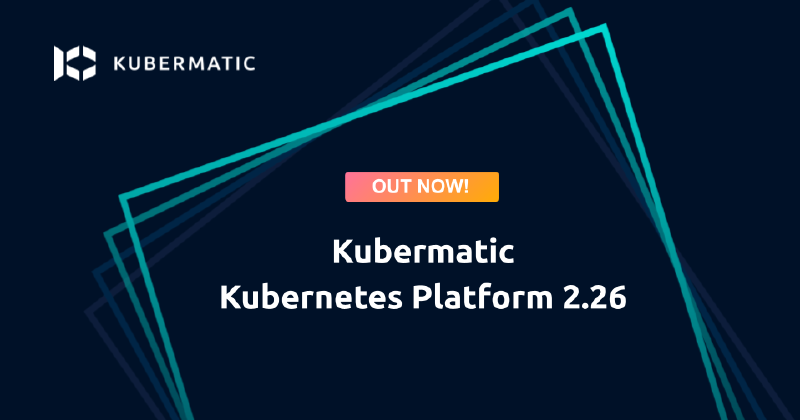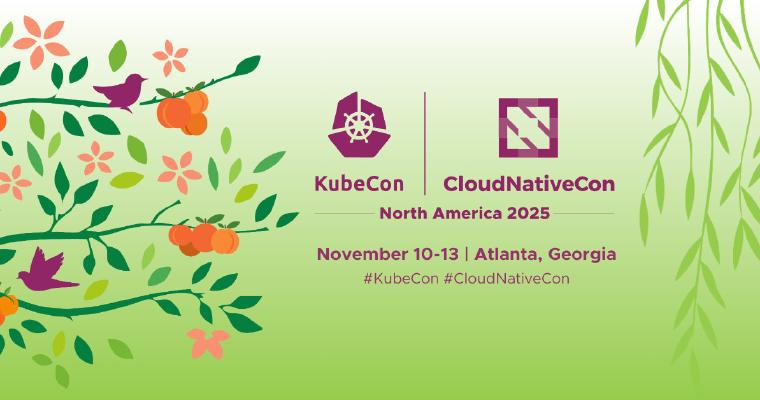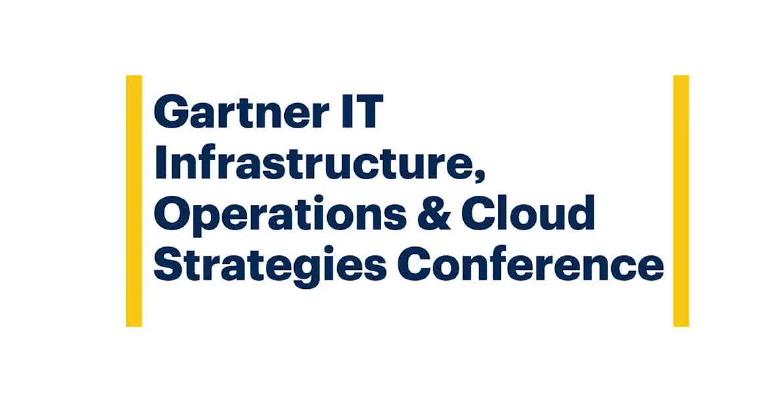We’re pleased to unveil the latest version of Kubermatic Kubernetes Platform (KKP) 2.26! Packed with groundbreaking additions such as Tinkerbell integration for seamless bare metal provisioning, support for Kubernetes 1.30 and 1.31, enhanced automation capabilities, and advanced tools to streamline cluster operations, this release takes Kubernetes lifecycle management to the next level. Whether you’re running in the cloud or on-premise, KKP 2.26 offers unparalleled flexibility and control to elevate your infrastructure!
Bare Metal Provider Support with Tinkerbell Integration
The integration of the Tinkerbell bare metal provisioning stack into KKP 2.26 is a game-changer for organizations running Kubernetes on physical infrastructure. By leveraging Tinkerbell, users can now easily manage and provision bare metal clusters, unlocking new levels of flexibility and scalability. This feature extends KKP’s reach to on-premise environments while maintaining the ease of Kubernetes lifecycle management that KKP users expect. With full support for Tinkerbell, administrators gain the ability to provision and manage Kubernetes clusters on physical servers just as seamlessly as they would on cloud infrastructure.
Support for Kubernetes 1.30 and 1.31
With the addition of Kubernetes versions 1.30 and 1.31, KKP 2.26 ensures users can stay up to date with the latest improvements in Kubernetes technology. These versions include crucial updates related to performance, stability, and security, along with new features that streamline workload management and extend capabilities for enterprise-grade deployments. The seamless upgrade path offered by KKP guarantees that clusters can adopt these new versions without disrupting existing workflows, making it easier for operators to maintain a cutting-edge infrastructure.
Default Applications Management
KKP 2.26 introduces the capability to define and manage default applications across all newly created clusters. This new feature allows administrators to automatically install a set of preconfigured applications, ensuring that every new cluster has a standardized baseline of tools and services. Whether it’s monitoring, security, or logging applications, this automation removes manual intervention and ensures that the necessary components are always in place, reducing the time to get clusters fully operational.
Customize Presets
The ability to customize presets in KKP 2.26 offers a more flexible approach to configuring cluster defaults. Administrators can define tailored presets that align with specific organizational policies or operational needs. This feature enables greater consistency across cluster deployments while maintaining the freedom to adapt to varying project requirements or environmental constraints in KKP Projects.
Static Labels for Clusters
The new static labels feature in KKP 2.26 provides a method to assign fixed labels to clusters that remain immutable throughout their lifecycle. These labels are particularly useful for tagging clusters with information such as compliance requirements, environment roles, or operational categories. By enforcing static labels, KKP enhances cluster organization and makes it easier to apply consistent management policies across a multi-cluster environment, especially in large-scale infrastructures.
Audit Logging Webhook Backend
The introduction of an audit logging webhook backend in KKP 2.26 elevates security and compliance efforts by enabling detailed logging of user and system actions within the platform. This feature allows administrators to route audit logs to external systems for real-time monitoring, analysis, and archival. The addition of webhook support ensures that KKP can integrate with a wide array of third-party logging systems, making it easier to track activity and meet regulatory or security requirements across Kubernetes clusters.
Other Valuable Features
Update KubeLB Integration to Support New Features in 1.1
The integration with KubeLB has been updated to support new features available in version 1.1, allowing for more advanced load balancing configurations within Kubernetes clusters. These enhancements improve network performance and provide administrators with more options to fine-tune their load balancing setups, leading to more efficient traffic management in large-scale deployments.
Enable/Disable ETCD Backups in Admin Settings
In KKP 2.26, administrators now have the flexibility to enable or disable ETCD backups directly from the admin settings. This feature provides greater control over backup schedules and simplifies the management of backup operations reducing confusion in User Cluster owners. By allowing backups to be toggled on or off as needed, this feature ensures that resources can be optimized without compromising data safety or recovery strategies.
Migration from Machine-Controller Userdata to OSM
KKP 2.26 supports the migration from machine-controller userdata to the Operating System Manager (OSM). This transition improves the management of OS-level configurations and brings greater flexibility in handling updates and changes to machine provisioning. OSM provides a more centralized and efficient approach to managing node configurations, resulting in smoother operations and enhanced system performance.
Custom Annotations for User Clusters
This release introduces custom annotations for user clusters, giving administrators more granularity in tagging and categorizing their resources. Custom annotations can be applied during cluster creation and serve a variety of purposes, from integration with external systems to tracking compliance or cost allocation. This feature enhances the ability to organize and manage clusters in large environments.
Support for Enabling Cloud Drive on OpenStack VMs
KKP 2.26 expands OpenStack support by allowing cloud drives to be enabled on OpenStack VMs. This addition improves the storage options available for Kubernetes clusters running on OpenStack, making it easier to manage storage resources dynamically. The feature helps ensure that cloud-native workloads can fully leverage the scalability and flexibility of OpenStack’s storage architecture.
Automate Addon Maintenance
Maintaining and updating cluster add-ons can be time-consuming, but KKP 2.26 introduces automation for add-on maintenance. This feature ensures that add-ons are regularly updated without requiring manual intervention, reducing the risk of outdated software and improving security. By automating add-on maintenance, administrators can ensure that clusters are always running the latest and most secure versions of essential tools and services.
Add Single Namespace Mode for KubeVirt Provider
KKP 2.26 introduces a single namespace mode for the KubeVirt provider, streamlining the management of virtual machines (VMs) by reducing complexity in multi-namespace environments. This feature enables administrators to manage VM workloads within a single namespace, making it easier to maintain and monitor VMs without needing to juggle multiple namespaces across the cluster.
Supporting VM Groups in vSphere
KKP 2.26 brings enhanced support for managing VM groups within vSphere. This feature allows users to more efficiently group and manage virtual machines, particularly in larger, more complex environments. By adding this capability, KKP makes it easier to organize and allocate resources, leading to smoother operations for clusters running on vSphere.
CoreDNS Resource Overrides
With KKP 2.26, administrators can now configure resource overrides for CoreDNS, giving them more control over the resource allocation of this critical DNS service. By customizing the resource settings, users can optimize CoreDNS performance to meet the demands of larger or more resource-intensive clusters.
Allow eBPF Proxy Mode When CNI is None
In this release, KKP adds support for eBPF proxy mode when no Container Network Interface (CNI) is configured. This enhancement gives users more options for handling network traffic efficiently in specific cluster setups where CNI is not needed or desired.
Add Gzip Support for ETCD Snapshots
The introduction of Gzip compression for ETCD snapshots reduces storage requirements and speeds up the backup process. This feature is particularly useful in environments with high data volumes, ensuring that backups are performed more efficiently and with less impact on overall system performance.
Support for Configuring API Server Service Type
KKP 2.26 allows for greater customization of the API server by enabling users to configure its service type. This gives administrators more control over how the API server is exposed and accessed, particularly in environments with specific networking or security requirements.
Rework KKP Helm Charts to Use Upstream Charts
As part of ongoing efforts to align with upstream Kubernetes standards, KKP 2.26 includes a significant rework of its Helm charts. This ensures better compatibility with the broader Kubernetes ecosystem and simplifies the deployment and management of KKP components.
Enable Editing Allowed IP Ranges for NodePorts
KKP 2.26 introduces a feature that allows administrators to edit the allowed IP ranges for NodePorts. This adds an extra layer of security by enabling tighter control over which IP addresses can access NodePort services, improving security in environments where exposure to public networks needs to be minimized.
Make Additional OpenStack LoadBalancer Cloud-Config Parameters Configurable Per Datacenter
In this release, KKP adds the ability to configure additional cloud-config parameters for OpenStack LoadBalancers on a per-datacenter basis. This feature allows for more granular control over load balancer settings in multi-datacenter environments, ensuring that configurations can be tailored to the specific needs of each location.
Add the Option to Hide OS from Admin Settings
This feature allows administrators to hide certain operating system (OS) options from the admin settings interface. By limiting the visible OS options, administrators can streamline the deployment process, ensuring that only the approved OS configurations are used across the organization. This is particularly beneficial in environments with strict compliance requirements or where specific OS standards must be enforced.
Add Insecure/HTTP Flags to Helm Sources in AppDefinitions
In KKP 2.26, administrators can now add insecure/HTTP flags to Helm sources within AppDefinitions. This feature facilitates the use of non-HTTPS sources when configuring applications in Kubernetes clusters, which is especially useful in development or testing environments. By enabling this option, users can bypass secure connections where they are not necessary, speeding up development cycles.





